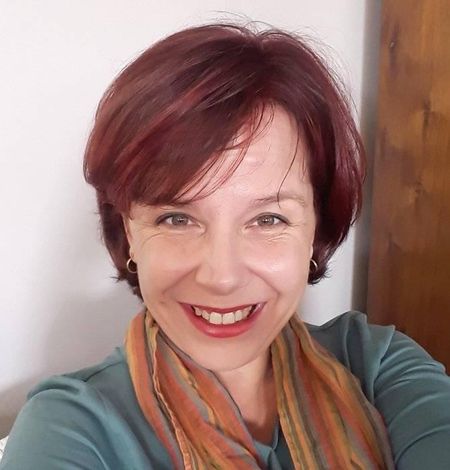South Africa’s Fancy Horse studios was awarded the Lazendorf PaleoArt Prize for Digital Modelling and Animation for its exhibit at the Karoo Origins Fossil Centre in Graaff-Reinet, bringing a waterhole “to life”.
/file/dailymaverick/wp-content/uploads/2025/11/Permian_Waterhole_Still.jpg)
This is the first time a South African project has won this prestigious international honour.
The winning exhibit is part of the Karoo Origins Fossil Centre in Graaff-Reinet. The centre is a palaeontological research, exhibition and public outreach centre. The exhibit depicts life at a waterhole in the Permian period, staged to represent a time, 255 million years ago, long before the dinosaurs, when mammal ancestors called therapsids dominated the land.
The waterhole uses computer graphics animation, and visitors can spend time watching the waterhole and what went on there.
For the project, Fancy Horse Studios worked closely with local animators from Ferin Animation and sound engineers at Sound Foundry.
Read more: Graaff-Reinet fossil centre opens, housing world’s biggest collection of unique species
Society of Vertebrate Palaeontology president Stuart Sumida said: “The Lanzendorf Awards are [the society’s] highest awards for artistic achievement. We’re excited to have Fancy Horse Studios join that prestigious group of winners.”
The award mentions Fancy Horse’s “extraordinary ability to bridge the gap between complex scientific research and compelling public experience”.
/file/dailymaverick/wp-content/uploads/2025/01/09-1000306336.jpg)
The exhibit was created by Fancy Horse co-founders Dianne Makings and Colin Payne, who worked with Professor Bruce Rubidge using fossil records of the Karoo Supergroup — one of Earth’s richest windows into prehistoric life — to create the immersive display.
The reconstructions of the creatures were sent to experts in the field (including scientists from South Africa, the United Kingdom, the US and Russia for peer review.) Using their feedback, the research and the creative talent in South Africa, Fancy Horse delivered what is considered to be the most up-to-date reconstruction of these Permian period creatures.
The filmed scene was complex to make, with no cuts or zooms, to create the feeling of looking out into the landscape of the Graaff-Reinet area 255 million years ago. The scene runs for a full six minutes and 15 seconds, then loops perfectly, creating a seamless experience, featuring six species interacting in an accurate environment at the waterhole.
The display also uses animation that shows the creatures at the size they were in real life. A Gorgonopsian, a fearsome creature bearing a resemblance to a sabre-toothed tiger, appears on the screen at 2.9m long (its actual size).
/file/dailymaverick/wp-content/uploads/2025/11/An_exhibit_at_the_Karoo_Origins_Fossil_Centre__created_by_Fancy_Horse_Studios.jpeg)
The movements and behaviours of the animals were based on the most recent research into both the ecosystems of the time and the biomechanics understood from the fossils. Using data from research, the creators based the performance of the animated Gorgonopsian partially on that of a lion and partially on that of a Komodo dragon. Fossil trackways, studied alongside the fossil bones, were used to determine the creature’s posture, gait, and how it would have moved.
“Our goal has always been to make complex ideas feel relatable and alive,” Payne said. “We wanted this to be beautiful, but also as scientifically accurate as possible. To be recognised by the Society of Vertebrate Palaeontology is extremely validating and a great honour.”
The Karoo Origins showcases 107 holotype specimens from the renowned Rubidge Collection, started by Sidney Rubidge, Bruce Rubidge’s grandfather.
Read more: Dream come true: the past finds a modern enthusiast
“I’m so excited that Karoo Origins has been awarded this very prestigious international prize, as it is a great boon to South Africa. I especially wish to pay tribute to the design company Fancy Horse, Colin and Dianne for creating this world-class palaeontological display in South Africa to showcase our enormous fossil heritage,” Rubidge said.
Karoo Origins opened its doors in April. About 1,100 people a month have since visited the fossil centre. DM




 Co-founder and creative director of Fancy Horse Studios, Colin Payne, at the Karoo Origins Fossil Centre in Graaff-Reinet.
(Photo: Fancy Horse Studios)
Co-founder and creative director of Fancy Horse Studios, Colin Payne, at the Karoo Origins Fossil Centre in Graaff-Reinet.
(Photo: Fancy Horse Studios) 